What is a Cold Email Cover Letter?
A cold email cover letter is a proactive communication tool used to introduce yourself and your qualifications to a potential employer when you are not responding to a specific job posting. Unlike a traditional cover letter, which is tailored to a specific job description, a cold email cover letter is more general and focused on showcasing your skills and expressing your interest in the company. The goal is to make a positive first impression and initiate a conversation, even when there isn’t an open position advertised. It’s a way to network, build relationships, and potentially uncover opportunities that are not publicly available. It requires careful crafting to stand out in a crowded inbox and make a lasting impact.
The Importance of a Cold Email Cover Letter
In a competitive job market, a well-crafted cold email cover letter can be a game-changer. It demonstrates initiative, professionalism, and a genuine interest in the company, setting you apart from passive applicants. It allows you to target specific companies or individuals that align with your career goals, even if they are not actively hiring. This proactive approach showcases your eagerness and provides an opportunity to highlight your unique value proposition. It opens doors to networking and relationship-building, increasing your chances of landing an interview or even securing a job offer. Moreover, it gives you the opportunity to demonstrate your communication skills and leave a positive impression.
Top 5 Cold Email Cover Letter Secrets
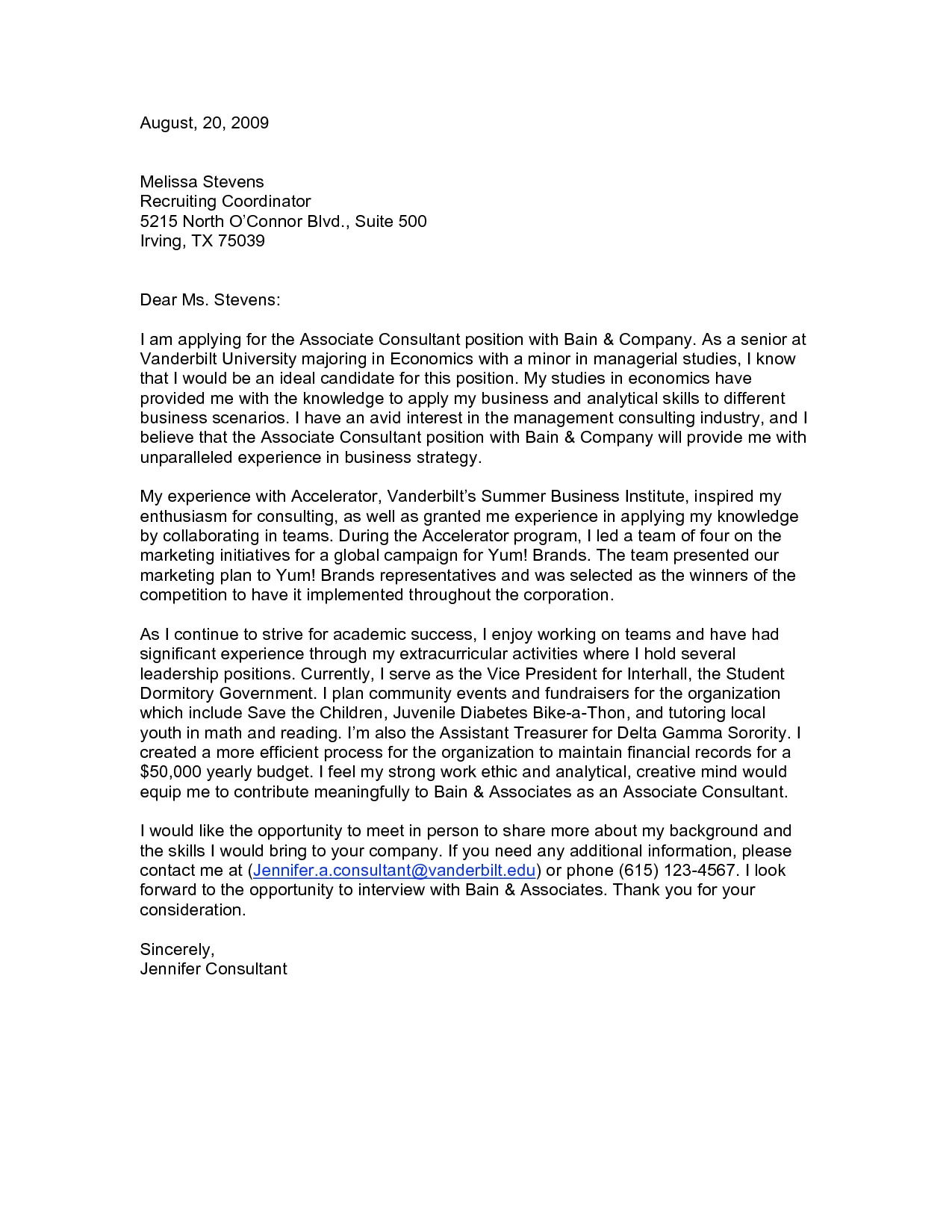
Crafting a compelling cold email cover letter requires a strategic approach. Here are the top 5 secrets to help you get noticed and make a lasting impression:
Secret 1 Personalize Your Message
Generic emails are easily ignored. Personalization is the key to grabbing the recipient’s attention. Research the recipient’s name, job title, and background. Mention something specific that resonates with them, such as their recent company achievements or a shared interest. This shows that you’ve taken the time to understand their role and the company, making your email more relevant and engaging. Address the recipient by name and tailor your message to reflect their specific areas of responsibility or influence. The more personalized the email, the better the chance of getting a response. (Image: personalize-message.webp)
How to Research the Recipient
Effective research is the cornerstone of personalization. Utilize LinkedIn, company websites, and news articles to gather information. Look for details about the recipient’s role, their interests, and recent company projects. Check their social media profiles to see if you share any common ground. Search for recent company announcements or industry trends to identify opportunities for your letter to align with their current focus. By understanding their background and the company’s goals, you can make your email more relevant and demonstrate your genuine interest in making a contribution.
Tailoring the Cover Letter to Their Interests
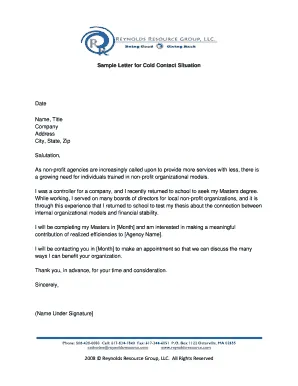
Once you’ve gathered information, tailor your letter to their interests and the company’s needs. Highlight how your skills and experience align with their current initiatives or challenges. Show that you understand the company’s mission and express how you could contribute to their success. Mention specific projects or accomplishments that demonstrate your value proposition. Ensure your tone reflects the company culture and their area of expertise. A well-tailored letter shows that you’ve done your homework and are genuinely interested in the opportunity.
Secret 2 Highlight Your Achievements
Don’t just list your responsibilities; showcase your accomplishments. Use quantifiable results and specific examples to demonstrate your impact. Instead of saying “Managed social media accounts,” say “Increased social media engagement by 30% in six months.” This provides tangible proof of your abilities and makes your email more compelling. Your achievements should directly relate to the needs and goals of the company you’re targeting. Use action verbs to emphasize your skills and create a dynamic, persuasive narrative. (Image: highlight-achievements.webp)
Quantifying Your Accomplishments
Numbers speak louder than words. Quantify your achievements whenever possible. Use metrics such as percentage increases, revenue generated, cost savings, or projects completed on time and within budget. If you don’t have direct metrics, provide context. For example, instead of saying “Improved customer satisfaction,” say “Increased customer satisfaction scores by 15% through improved support initiatives.” This provides the recipient with clear evidence of your impact and makes your claims more believable. Quantifiable achievements are crucial for demonstrating your ability to deliver results.
Using Action Verbs Effectively
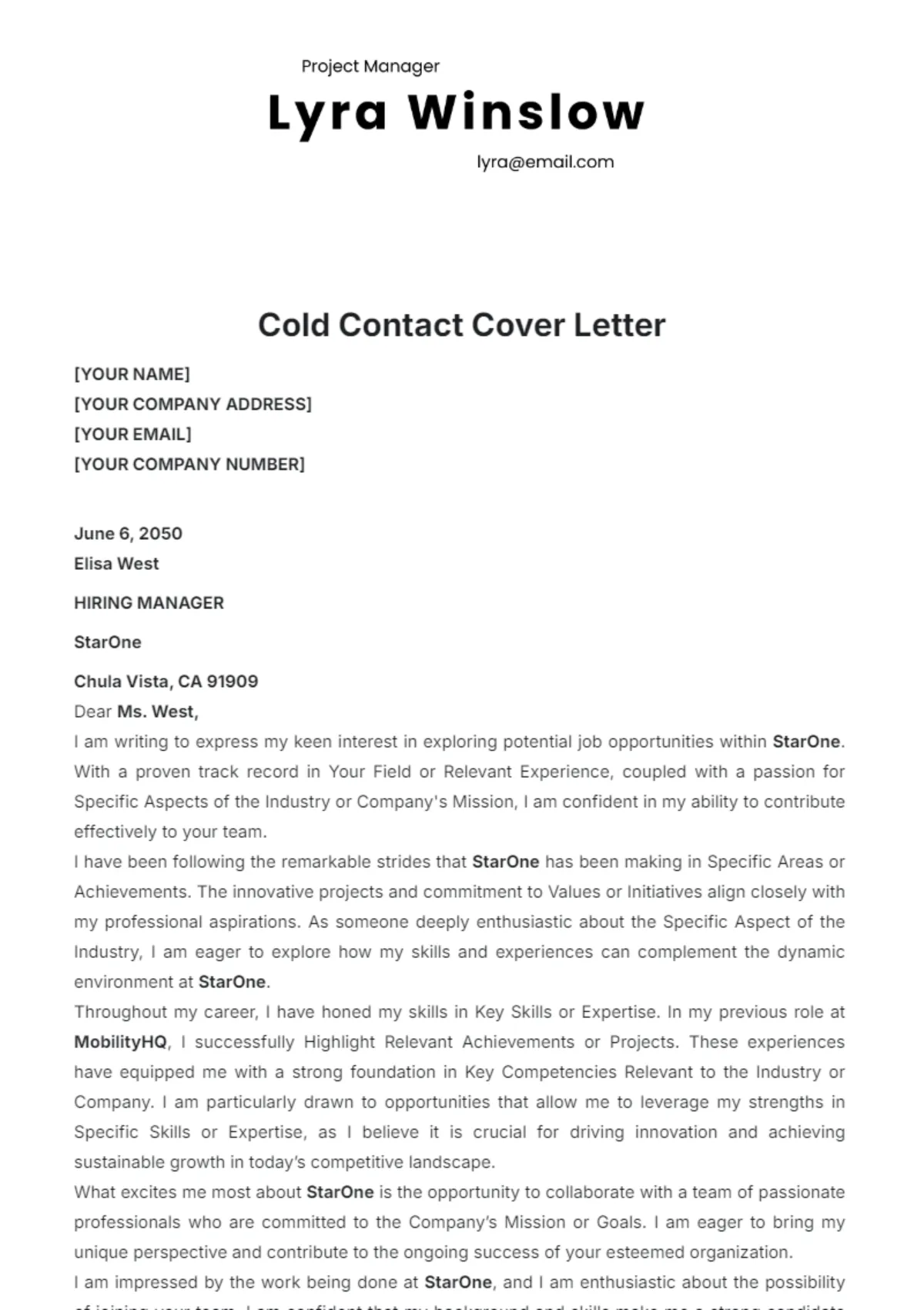
Action verbs bring your accomplishments to life and make your email more engaging. Start each accomplishment with a strong action verb that accurately describes your role and impact. For example, use verbs like “developed,” “implemented,” “managed,” “led,” “achieved,” “created,” or “improved.” Avoid vague words; choose action verbs that add force and make your accomplishments more compelling. This makes your email more dynamic, demonstrates your skills, and grabs the reader’s attention quickly. Action verbs also show that you’re proactive and results-oriented.
Secret 3 Focus on Value Proposition
Clearly articulate your value proposition in the first few sentences of your email. Explain how you can solve their problems or contribute to their goals. The recipient should immediately understand what you bring to the table and why they should continue reading. Research the company’s challenges and explain how your skills and experience can address them. This demonstrates that you understand their needs and can deliver tangible benefits. Your value proposition should be concise, compelling, and tailored to the specific company or individual. (Image: value-proposition.webp)
Showcasing What You Can Offer
Highlight the unique skills, experiences, and knowledge you can bring to the company. Emphasize what sets you apart from other candidates. Tailor your message to match the company’s needs. Mention specific projects, achievements, or areas of expertise that are relevant to their goals. Avoid generic statements; provide concrete examples to support your claims. What specific problems can you solve? What results can you deliver? Ensure that your email demonstrates that you’re a solution provider and can contribute meaningfully to the organization.
Addressing the Company’s Needs
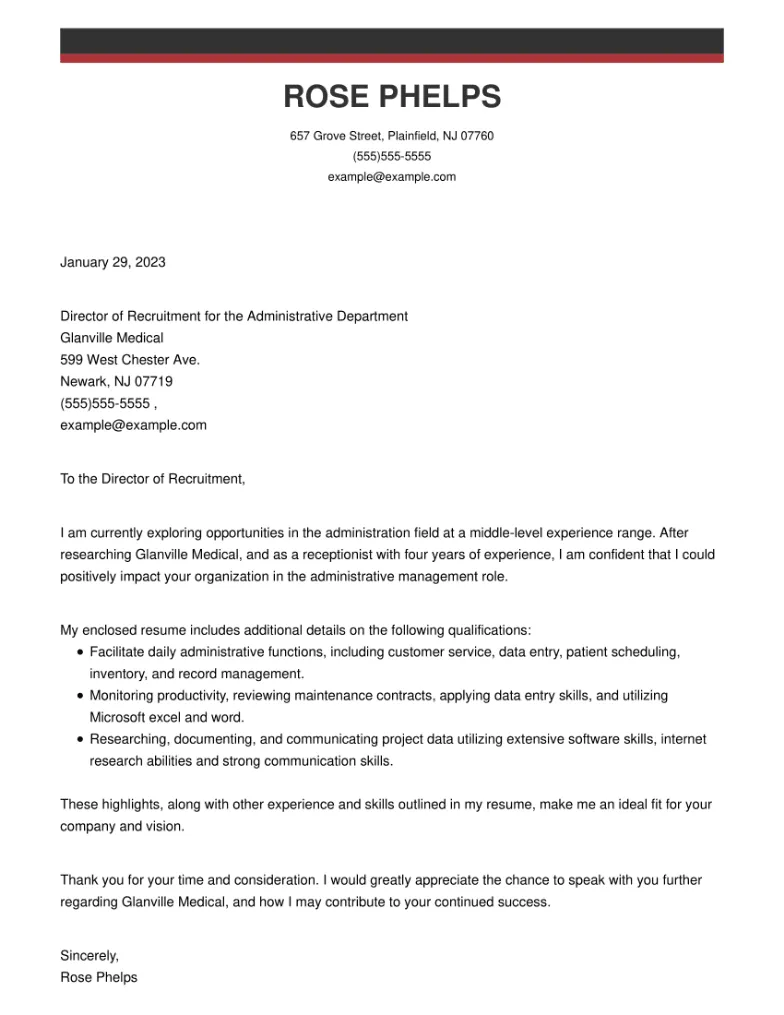
Demonstrate your understanding of the company’s current challenges and strategic objectives. Refer to their recent projects, announcements, or initiatives. Explain how your skills and experience can help them achieve their goals. If the company is expanding into a new market, discuss how your experience could be beneficial. Showcase your knowledge of their industry, competitors, and the current business environment. A successful cold email cover letter demonstrates that you’ve done your homework and are genuinely interested in contributing to their success.
Secret 4 Optimize the Subject Line
Your subject line is the first and often only thing the recipient sees, so it must be compelling. Use a clear, concise subject line that piques their interest and encourages them to open your email. Avoid generic phrases like “Cover Letter” or “Job Application.” Instead, use a subject line that is personalized and immediately relevant. Consider highlighting your key skills or the value you bring to the company. Keep it short, specific, and intriguing. A strong subject line increases the likelihood of your email being opened and read. (Image: optimize-subject-line.webp)
Crafting an Engaging Subject Line
The subject line is your first opportunity to grab the reader’s attention. It should be concise and engaging, hinting at the value you offer. Personalize the subject line by mentioning the recipient’s name, the company, or a specific project. Use action verbs, intriguing keywords, or a question to pique their curiosity. Keep it brief and to the point. Avoid vague or generic phrases. A well-crafted subject line immediately increases the chances of your email being opened and read.
Avoiding Spam Triggers
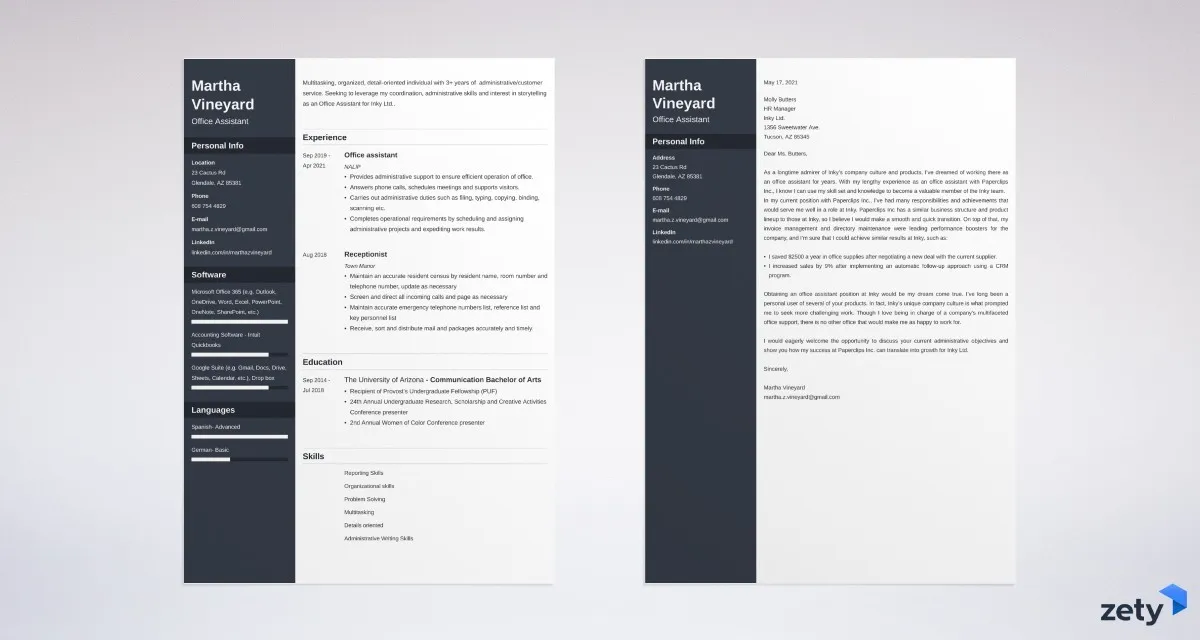
Be mindful of words and phrases that can trigger spam filters. Avoid excessive exclamation points, capital letters, and spam-like language. Make sure your subject line and body content are professional and avoid overly promotional language. Use a legitimate email address and ensure your email is properly formatted. Test your email by sending it to a different email address to see if it lands in the spam folder. Avoiding spam triggers increases the likelihood that your email will reach the intended recipient.
Secret 5 Include a Strong Call to Action
End your email with a clear and compelling call to action. Tell the recipient what you want them to do next. This could be requesting a call, scheduling a meeting, or providing additional information. Make it easy for the recipient to respond. A vague ending can make the recipient less likely to take action. Be specific and direct in your request. Your call to action should be relevant to the recipient and the goals of your email. (Image: call-to-action.webp)
What is a Strong Call to Action
A strong call to action is specific, direct, and easy to understand. It tells the recipient exactly what you want them to do after reading your email. For example, instead of saying “Let me know if you’re interested,” try “Would you be available for a brief call next week to discuss how I can contribute to [company name]?” Make sure your call to action is relevant to the context of your email and provides a clear path for the recipient to take. The more specific you are, the better the results.
Examples of Effective CTAs

Here are some examples of effective call to actions: “I’d love to discuss how my experience in [specific skill] can benefit [company name]. Would you be available for a quick call next week?” or “I’ve attached my resume for your review. Please let me know if you have any questions or if I can provide any additional information.” or “I’m eager to learn more about the [project/initiative] and how my skills in [area of expertise] can support its success. Would you be open to a short introductory call?” A clear and direct call to action makes it easy for the recipient to respond.
Tools and Resources for Cold Email Cover Letter Success
Several tools and resources can help you craft and optimize your cold email cover letter. Use grammar checkers like Grammarly to ensure your writing is error-free. Utilize LinkedIn Sales Navigator to research potential contacts and gather information. Use email tracking tools to monitor open rates and click-through rates. Research industry blogs and articles to stay up-to-date on the latest trends and best practices. Many templates and examples are available online to help you structure your letter. Leverage these resources to improve the effectiveness of your cold email cover letters and increase your chances of success.
Conclusion
Mastering the art of the cold email cover letter is a powerful skill in the job search process. By personalizing your message, highlighting your achievements, focusing on value proposition, optimizing your subject line, and including a strong call to action, you can dramatically increase your chances of making a positive first impression and opening doors to new opportunities. Don’t underestimate the power of a well-crafted cold email cover letter. It is a proactive tool that can set you apart from the crowd and help you land your dream job. (Image: cold-email-cover-letter-conclusion.webp)
